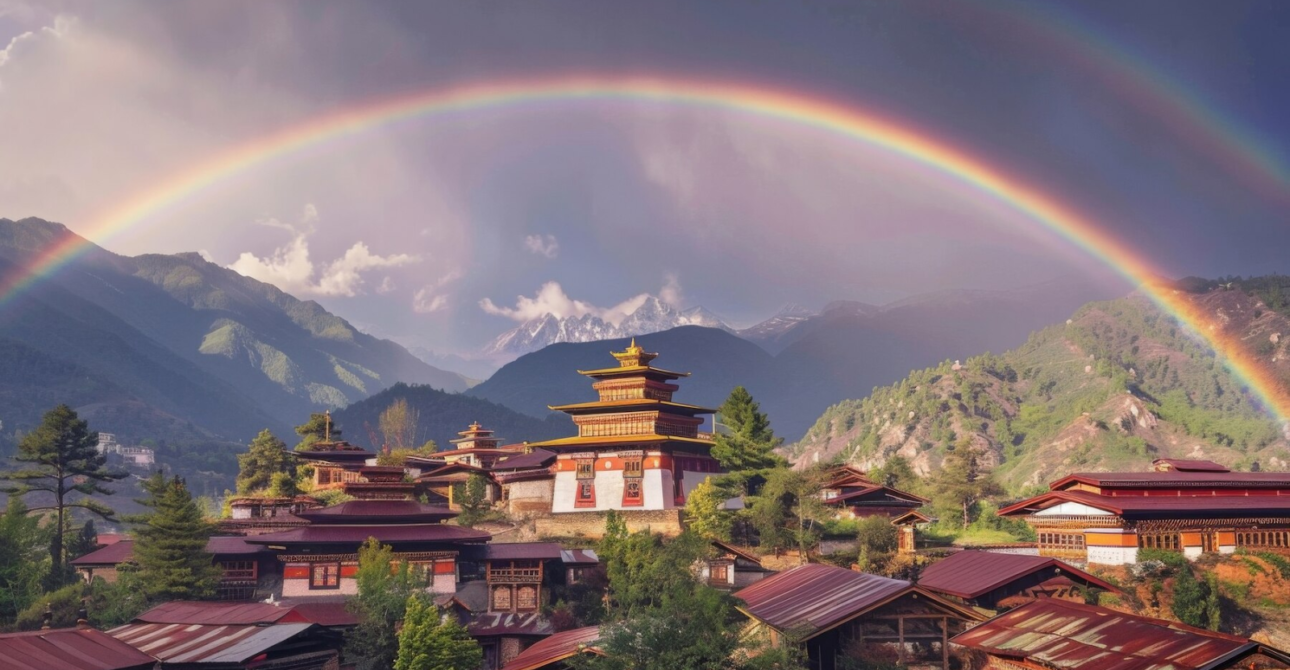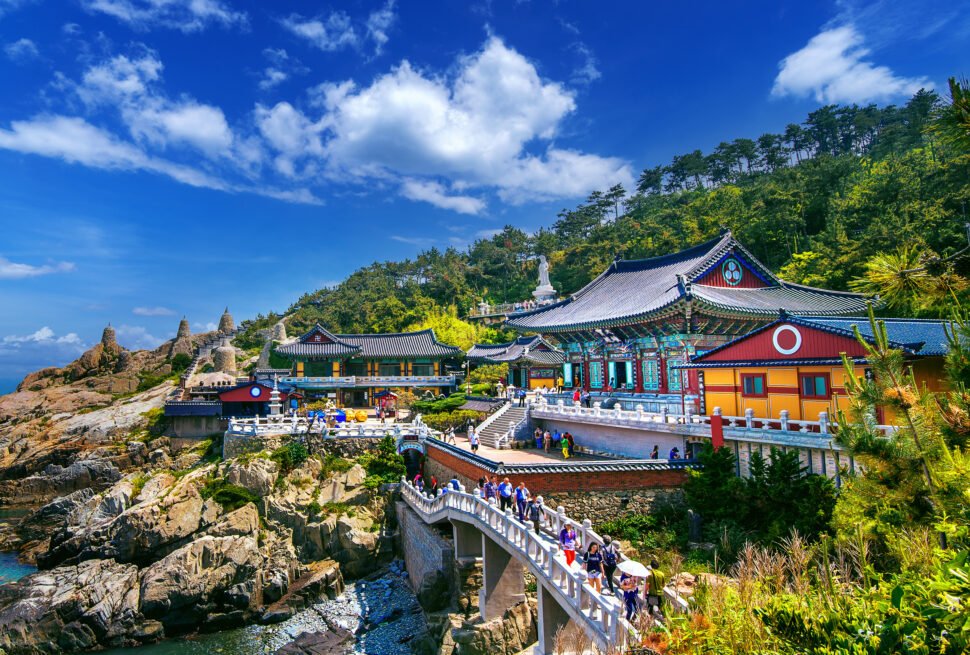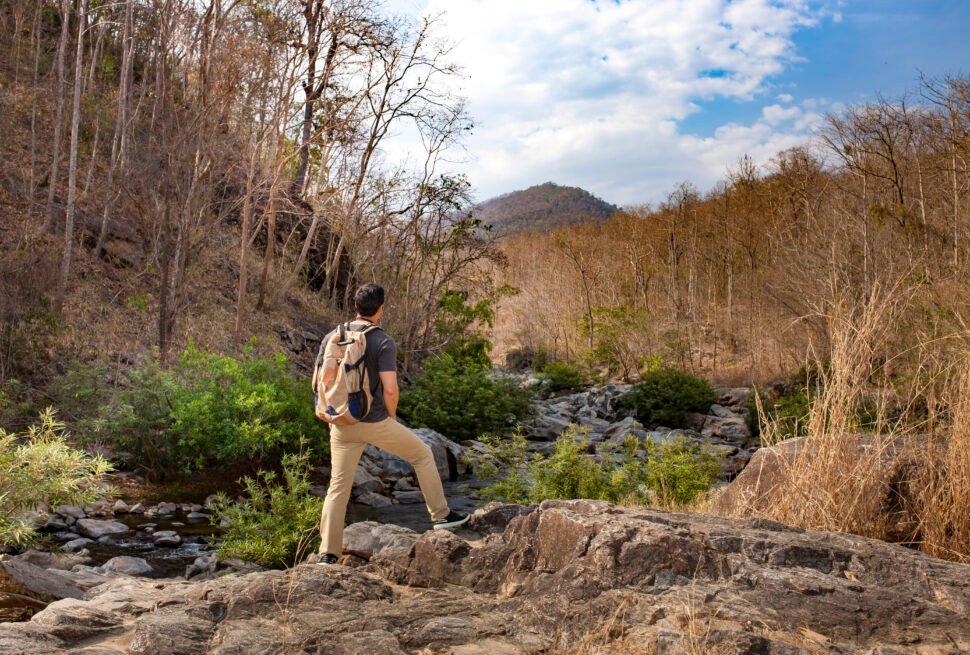Bhutan, the land of the Thunder Dragon, is a country like no other. Nestled in the Eastern Himalayas, this small kingdom is known for its rich cultural heritage, breathtaking landscapes, and commitment to sustainable development. Bhutan’s emphasis on Gross National Happiness over gross domestic product is a testament to the country’s focus on well-being and preservation of its natural and cultural resources.
For travelers who are eco-conscious, Bhutan presents an ideal destination where sustainability isn’t just a buzzword but a way of life. From its protected forests to strict tourism regulations, Bhutan ensures that visitors leave a minimal ecological footprint while enjoying its unspoiled beauty.
In this blog, we will explore how you can make your visit to Bhutan an eco-friendly experience. By following these sustainable travel tips, you will not only enjoy a memorable trip but also contribute to the country’s mission of preserving its natural and cultural heritage for future generations.
1. Understanding Bhutan’s Sustainable Tourism Model
Before diving into specific tips, it’s important to understand Bhutan’s unique approach to tourism. Unlike many other countries, Bhutan enforces a high-value, low-impact tourism policy. This model is designed to limit mass tourism and ensure that the environment and culture remain untouched by excessive visitor numbers. The country achieves this by implementing a minimum daily tariff for tourists, which includes accommodation, food, transportation, and a sustainable development fee.
This approach ensures that the number of tourists is controlled, and the money generated goes directly toward environmental conservation, cultural preservation, and socio-economic development. As a traveler, adhering to Bhutan’s policies helps promote sustainable tourism and supports the local economy.
2. Choose Eco-Friendly Travel Operators
When planning your trip to Bhutan, the first step to ensuring your journey is sustainable is to book with eco-friendly travel operators. Many tour companies in Bhutan prioritize sustainability and work closely with local communities to offer responsible tourism experiences. These operators often promote environmental awareness, support local businesses, and offer eco-friendly accommodations.
Look for operators that are certified or recognized for their commitment to sustainability. They should prioritize reducing waste, conserving resources, and ensuring that the local community benefits economically from tourism activities.
Tips for Choosing Sustainable Travel Operators:
Check if the company uses renewable energy sources at their accommodations.
Ask about their waste management policies, including efforts to reduce plastic usage.
Ensure that your guide is well-versed in eco-tourism and respects Bhutan’s natural environment.
3. Support Local and Organic Products
Bhutan takes great pride in its organic farming initiatives. The government has made a strong push toward becoming the first 100% organic nation, encouraging local farmers to produce chemical-free food. When you’re traveling in Bhutan, make sure to dine at restaurants that use local, organic produce and support the country’s sustainability goals.
Additionally, when buying souvenirs, try to purchase locally-made handicrafts rather than imported goods. By choosing products made by Bhutanese artisans, you help sustain the local economy and preserve the country’s cultural heritage. From handwoven textiles to traditional pottery, Bhutan’s handicrafts are not only beautiful but are produced sustainably.
Key Takeaways:
Visit local markets to purchase fresh, organic produce or meals.
Look for shops that sell traditional handicrafts made by local artisans.
Avoid buying souvenirs that contribute to environmental degradation, like items made from animal products.
4. Reduce Your Plastic Usage
Plastic waste is a major environmental issue worldwide, and Bhutan is no exception. Although Bhutan has made strides in controlling waste, especially in urban areas like Thimphu, the challenge of plastic waste persists. As a traveler, you can minimize your impact by reducing your use of plastic products.
Before arriving in Bhutan, pack a reusable water bottle and a reusable shopping bag. Many hotels and tour operators provide filtered water, allowing you to refill your bottle rather than purchasing single-use plastic bottles. Similarly, when shopping, use your reusable bag to avoid plastic packaging. Simple actions like these help reduce waste and contribute to a cleaner, greener Bhutan.
Quick Tips for Reducing Plastic Waste:
Carry a reusable water bottle and refill it at filtered water stations.
Bring a reusable shopping bag for groceries and souvenirs.
Avoid single-use plastic products like straws, cutlery, and packaging.
5. Respect Bhutan’s Flora and Fauna
Bhutan is home to some of the most biologically diverse regions in the world, boasting protected areas like Jigme Dorji National Park and Royal Manas National Park. As a visitor, it’s important to respect Bhutan’s natural environment and its wildlife.
When trekking or hiking in Bhutan’s national parks, stick to designated trails to avoid disturbing the flora and fauna. Many species in Bhutan, such as the black-necked crane, are endangered, and their habitats are highly sensitive. Avoid picking flowers, disturbing wildlife, or littering. Instead, take only memories and leave only footprints.
Additionally, be cautious of wildlife tourism activities. While Bhutan takes care to protect its animals, some tourist activities elsewhere have been known to harm the environment or endanger species. Make sure any wildlife interactions you participate in are responsible and sustainable.
Guidelines for Respecting Nature:
Stick to marked trails while hiking or trekking.
Do not feed, disturb, or approach wild animals.
Avoid picking plants or flowers from protected areas.
Be mindful of noise pollution, especially in fragile ecosystems.
6. Stay at Eco-Friendly Accommodations
Bhutan offers a variety of accommodations that emphasize sustainability, from eco-lodges to homestays. Many of these accommodations implement energy-saving measures, use eco-friendly materials, and promote waste reduction.
Eco-lodges often use solar power for heating and lighting, compost waste, and support local communities by employing local staff and sourcing local products. Staying at these types of accommodations helps promote Bhutan’s mission of environmental sustainability while giving you a more authentic travel experience.
In addition to eco-lodges, consider staying in homestays, which allow you to immerse yourself in Bhutanese culture while directly supporting local families. Homestays offer a unique glimpse into Bhutan’s rural life and are often more eco-friendly than large hotels.
Choosing the Right Accommodation:
Look for lodges that use renewable energy sources like solar power.
Stay in homestays to support local communities and experience authentic Bhutanese culture.
Choose accommodations that minimize their water and electricity consumption.
7. Participate in Sustainable Activities
While visiting Bhutan, make sure your activities align with sustainable practices. Bhutan offers a range of eco-friendly tourism activities that allow you to explore the country’s beauty while minimizing your impact on the environment.
Activities like trekking, bird watching, and cultural tours have a low environmental impact while allowing you to connect deeply with Bhutan’s natural and cultural heritage. Many trekking routes, such as the famous Druk Path Trek, take you through pristine forests, alpine lakes, and traditional villages. These treks are managed carefully to ensure minimal disruption to the environment.
Moreover, you can participate in community-based tourism initiatives, such as volunteering or learning about local conservation efforts. These experiences not only enrich your understanding of Bhutan’s culture but also contribute positively to the local economy and environment.
Recommended Sustainable Activities:
Join a guided trekking tour that emphasizes eco-friendly practices.
Participate in community-based tourism programs, such as cultural exchanges or volunteering.
Engage in low-impact activities like birdwatching or nature walks.
8. Offset Your Carbon Footprint
Flying to Bhutan, like any air travel, leaves a carbon footprint. One way to reduce the environmental impact of your trip is by offsetting your carbon emissions. Some airlines and travel companies offer carbon offset programs where you can contribute to environmental initiatives that help mitigate the effects of your travel emissions.
Another way to offset your carbon footprint while in Bhutan is by supporting local environmental initiatives. Bhutan is home to several reforestation projects that work to combat climate change. By contributing to these efforts, you can help preserve Bhutan’s natural beauty for future generations.
Ways to Offset Your Carbon Footprint:
Choose airlines that offer carbon offset programs.
Support local environmental projects, such as reforestation or wildlife conservation.
Travel by eco-friendly means when possible, such as biking or walking.
Experience the Best of Bhutan Sustainably
Traveling to Bhutan offers an unparalleled opportunity to experience a destination that values its cultural heritage, natural environment, and sustainable development. By following these eco-friendly tips, you can enjoy a truly unforgettable journey while supporting Bhutan’s commitment to sustainability.
Whether you’re trekking through the Himalayas, visiting sacred monasteries, or savoring Bhutan’s unique cuisine, your experience will be enriched knowing you’re contributing to the preservation of this remarkable country.
Ready for your eco-friendly adventure? Let us help you curate a sustainable travel experience to Bhutan that aligns with your values and leaves a positive impact on the environment. Contact us today to start planning your unforgettable journey to the last Shangri-La!





